Rats have always been one of the main pests of crops in the fields and are on the rise. Many areas of crops, especially rice, have been bitten by rats, affecting productivity. To understand the situation of rats arising, causing damage and measures to eradicate them, reporters of Ha Nam Newspaper talked with Mr. Nguyen Hai Nam, Head of the Department of Cultivation, Plant Protection and Forestry (Department of Agriculture and Rural Development) about this issue.
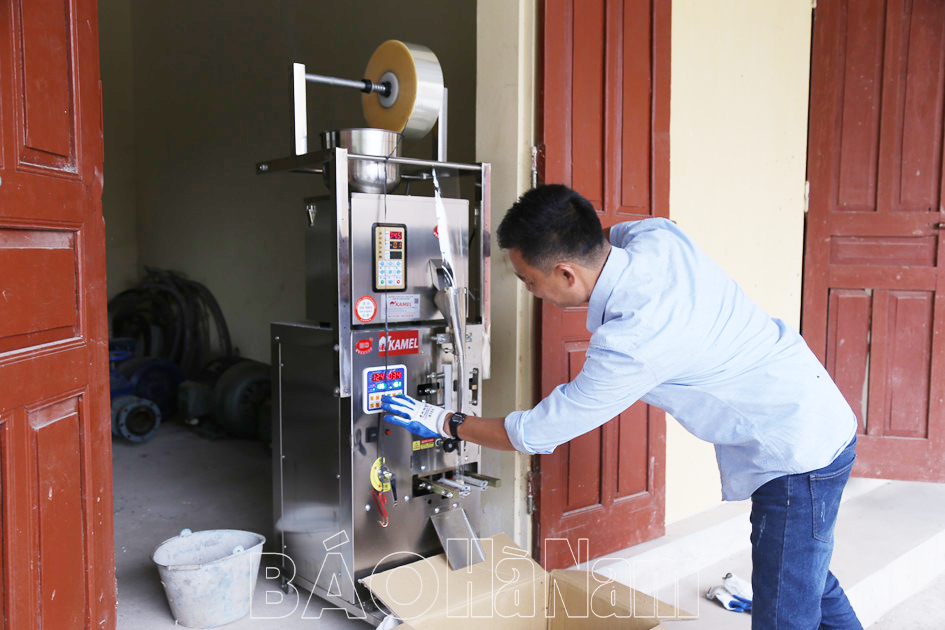
PV: Could you please tell us about the current situation and level of damage caused by rats in the fields?
Mr. Nguyen Hai Nam: Through monitoring and investigation by the unit, rats are increasingly developing strongly in the field environment and increasing rapidly on a large scale in many localities. A pair of parent rats can produce 1,000 rats within 1 year... The abundant food of rats in the fields creates conditions for rapid increase in numbers. Rats are also developing strongly due to the strong increase mainly from the impact of increasingly complex climate change (drought, small floods or no floods, warm winter weather...). At the same time, diversified farming and continuous crop rotation in localities (closing crops during the year in many areas) also create favorable conditions for the development of rats. Along with that, the decline of natural enemies such as snakes, owls, cats... contributes to this situation. Another problem is that in many localities, there are areas of rice fields that people leave undeveloped, interspersed in the fields, becoming a place for rats to live and breed.
Regarding the level of damage caused by rats, it is assessed as high, and some small areas have suffered local crop failures. In the spring crop of 2023, the rice area damaged by rats according to the statistical threshold was nearly 3 times higher than in the spring crop of 2022; in the summer-autumn crop of 2023, the rice area damaged by rats according to the statistical threshold was 7 times higher than in the previous crop.
Reporter: Given the current situation of rats arising and causing severe damage, how has rat extermination work been deployed and implemented in the province, sir?
Mr. Nguyen Hai Nam: Regarding rat extermination, every year and every crop, the department guides localities to organize rat extermination to ensure high efficiency. Agricultural service cooperatives (ASCs) in the province all have plans and organize rat extermination in many forms such as using traps, baits, etc. In the province, there are currently about 40 cooperatives that have signed contracts with specialized rat extermination units.
In 2024, the number of rats in the fields is forecast to increase and cause severe damage to rice and crops. The Department has consulted with the Department of Agriculture and Rural Development to submit to the Provincial People's Committee a mechanism to support rat poison for agricultural service cooperatives and cooperative groups to carry out concentrated rat extermination. The maximum support level is 130,000 VND/ha/crop (equivalent to 260,000 VND/ha/year). In the spring crop of 2024, agricultural service cooperatives and cooperative groups organized 2-3 concentrated rat extermination campaigns. In addition, the number of rats caught manually was more than 81,000.
Focusing on measures to help limit the source of rats in the fields, contributing to protecting production. However, the number of rats in the natural environment is still large and reproduces quickly, requiring continued effective eradication measures.
PV: To eradicate rats that destroy crops, what measures need to be continued in the coming time, sir?
Mr. Nguyen Hai Nam: Rat extermination needs to be proactive and implemented synchronously and regularly in the fields. Regarding farming measures, field sanitation, clearing banks, bushes, cleaning grass along the banks, finding and limiting shelters and destroying rat nests right from the beginning of the season. At the same time, determine the appropriate season, sow and harvest simultaneously to cut off food sources and organize rat extermination simultaneously. With rice, if possible, keep high water in the fields during the rice panicle-blossoming stage to limit rats from harming and nesting along the banks.
The use of baits and drugs must be selected according to the permitted list; priority should be given to drugs that are less toxic to humans, animals and the environment. For other measures, the trapping process must follow the correct technical instructions, such as: using semicircular traps, cage traps, etc. Along with that, people are encouraged to raise cats to kill rats.
Currently, the measure of signing a contract with a specialized rat extermination unit is showing good results. This is a model that needs to be considered and applied by agricultural service cooperatives to help improve efficiency, protect production, and minimize the damage caused by rats.
PV: Thank you!
Manh Hung (Implementation)
Source










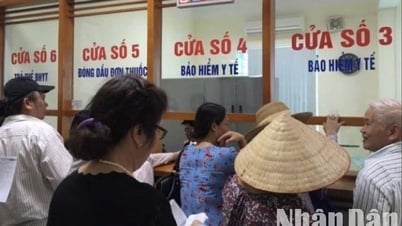

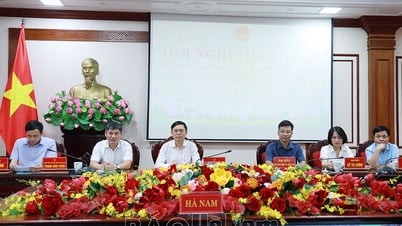

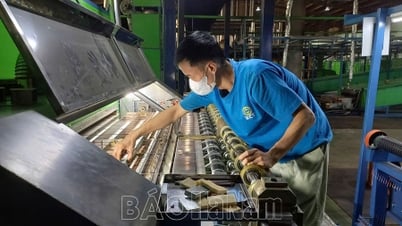








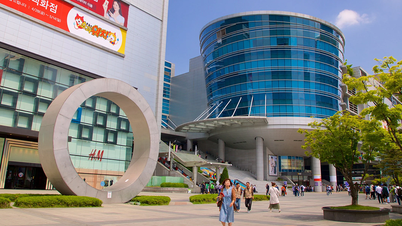






















































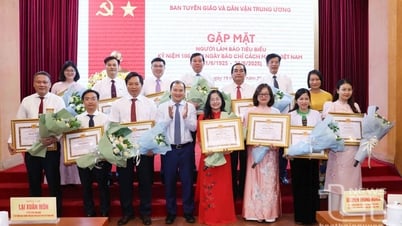



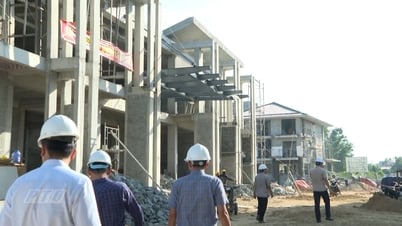

















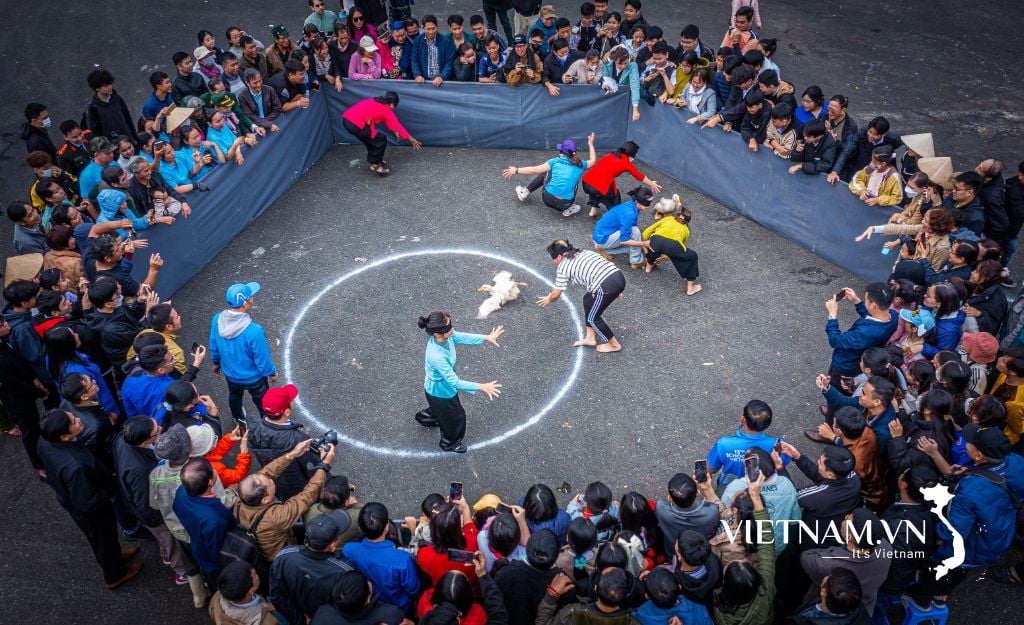
Comment (0)